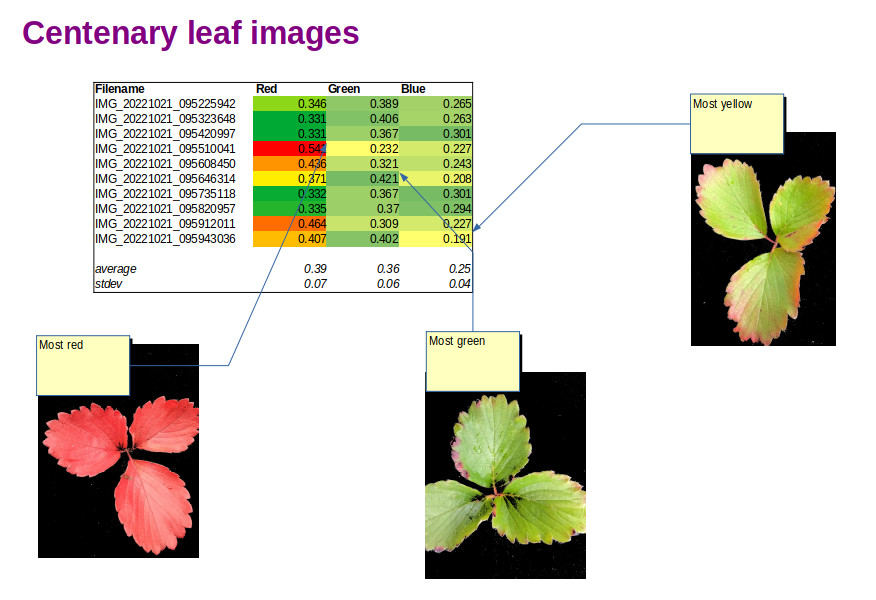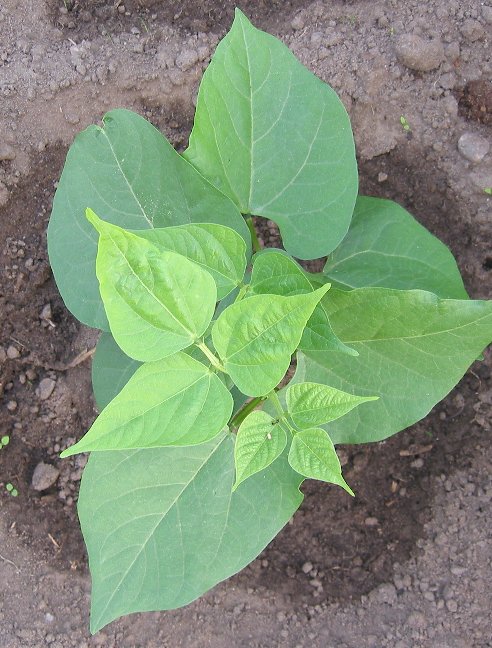Smartphone spectral leaf imaging

Strawberry leaf images and Red Green Blue indices derived using OpenCV image analysis All season we have been monitoring the health of our Strawberry Greenhouse crop. In addition to visual inspection with a loupe, digital leaf imaging has been a useful way to follow the development of the plants. Now that autumn has arrived, the […]
Mineral deficiency in bean leaves classified by multispectral imaging

Plants tell us when they are lacking vital nutrients but we can’t always hear what they are saying. Nitrogen, phosphorous and potassium (N, P, K) are well know macronutrients and the appearance of plants lacking any one of them is also well known. Plants lacking nitrogen have small leaves and stunted growth, those lacking phosphorous […]